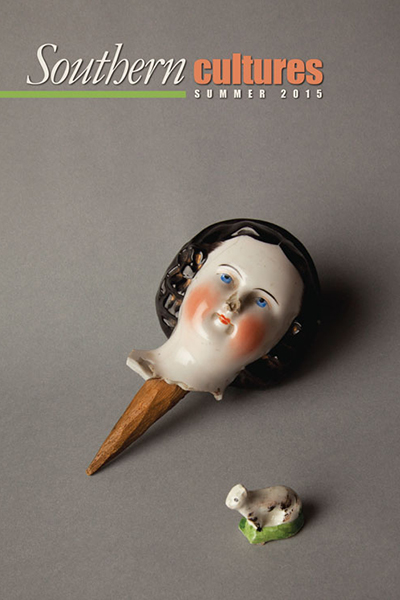“There were more threatened than actual lynchings in the twentieth century, while the reverse was true in the years prior to 1900. These trend data suggest that the South became more effective in suppressing mob violence after 1900, such that, although threats of mob violence remained high, the number of persons killed annually declined significantly.”
The rough dimensions of southern mob violence are well known: between 1877 and 1950 the American South witnessed over 3,100 incidents of lynching in which more than 3,800 southerners died through lynch mob violence.1 The annual toll of lynching episodes grew until the mid 1890s and then began a general decline. The overwhelming majority of victims, 84 percent, were African Americans who met their fate at the hands of white lynchers. Men were vastly more likely to be the target of Judge Lynch’s vengeance, with 3.1 percent of the victims being women of either race. Although all southern states experienced lynching, Georgia and Mississippi together accounted for over one third of the victims of southern mob violence during this period.


